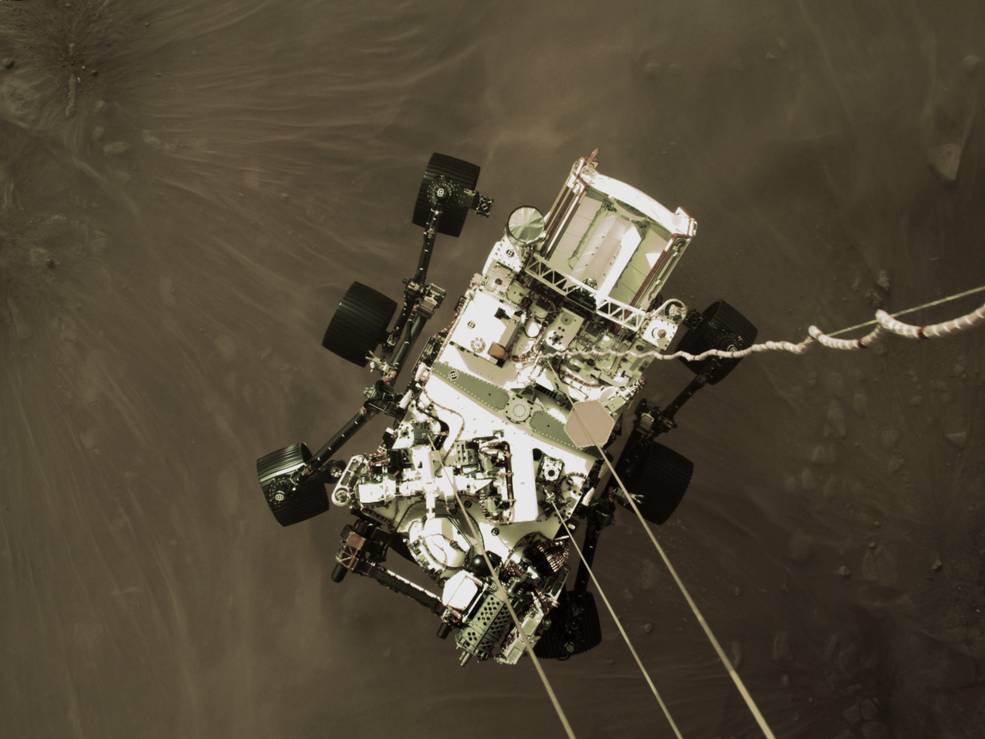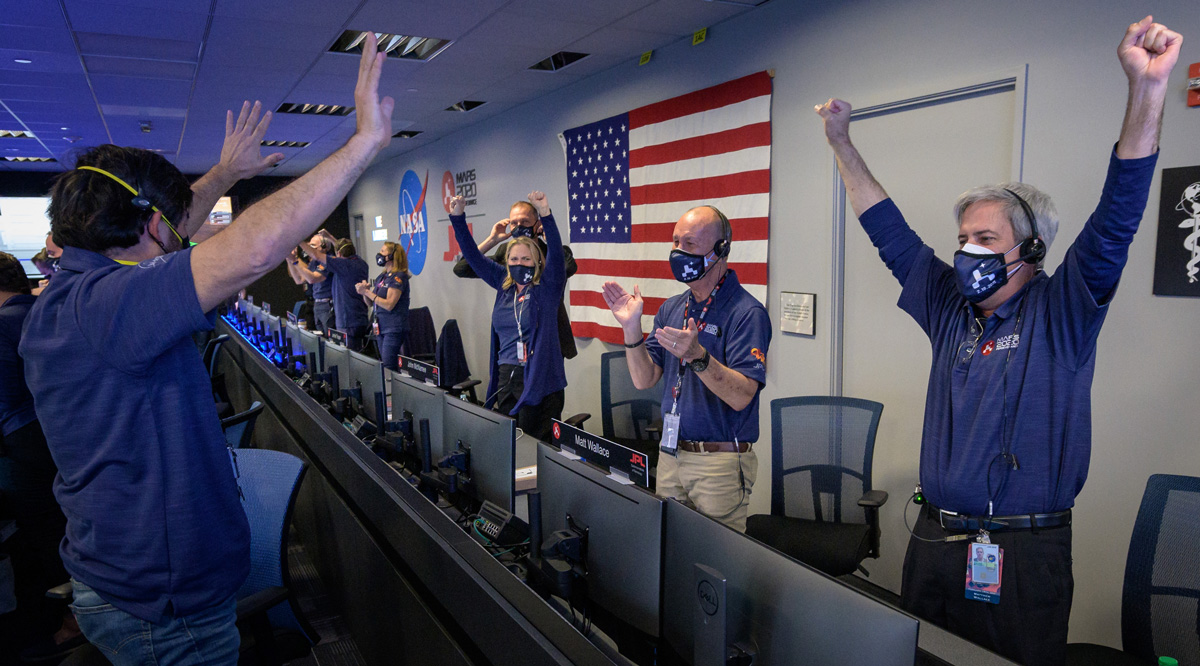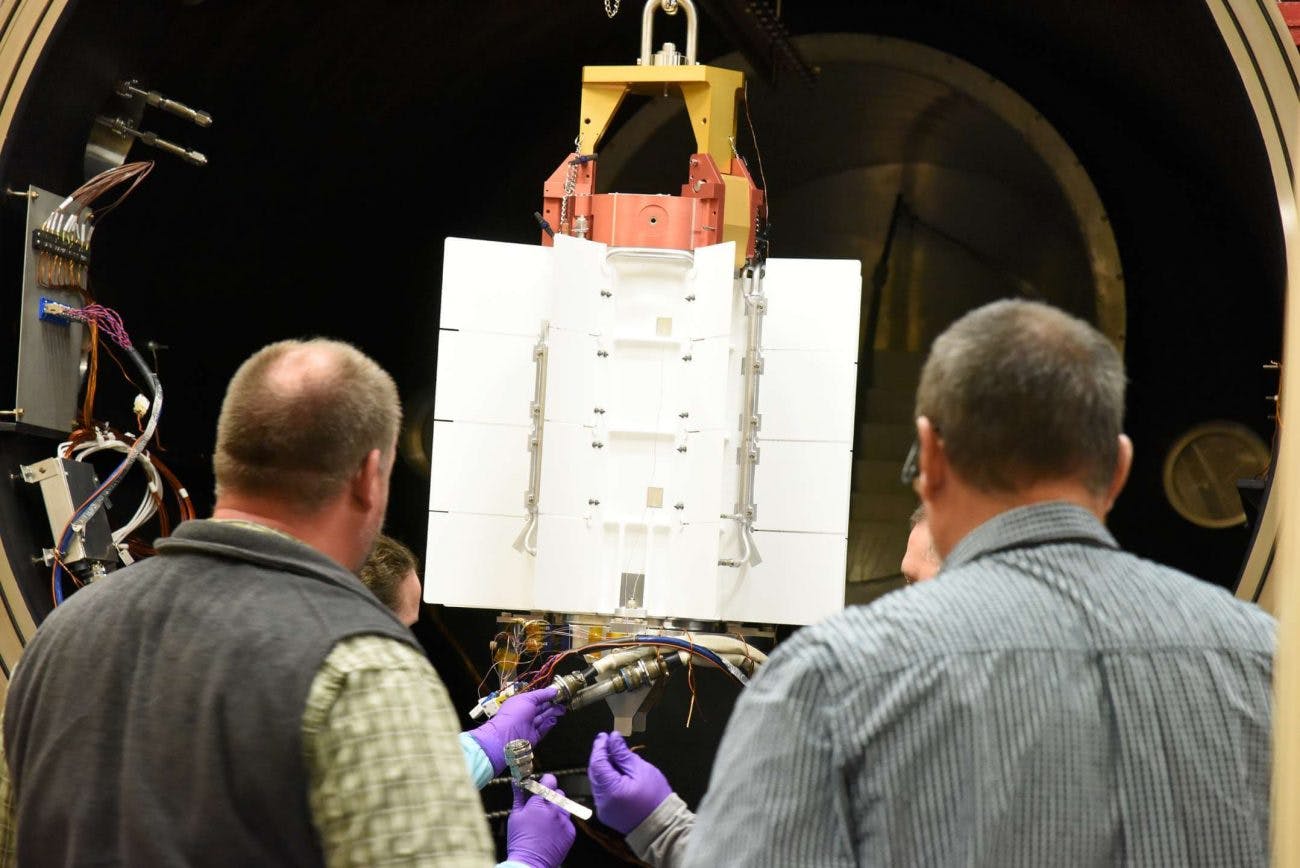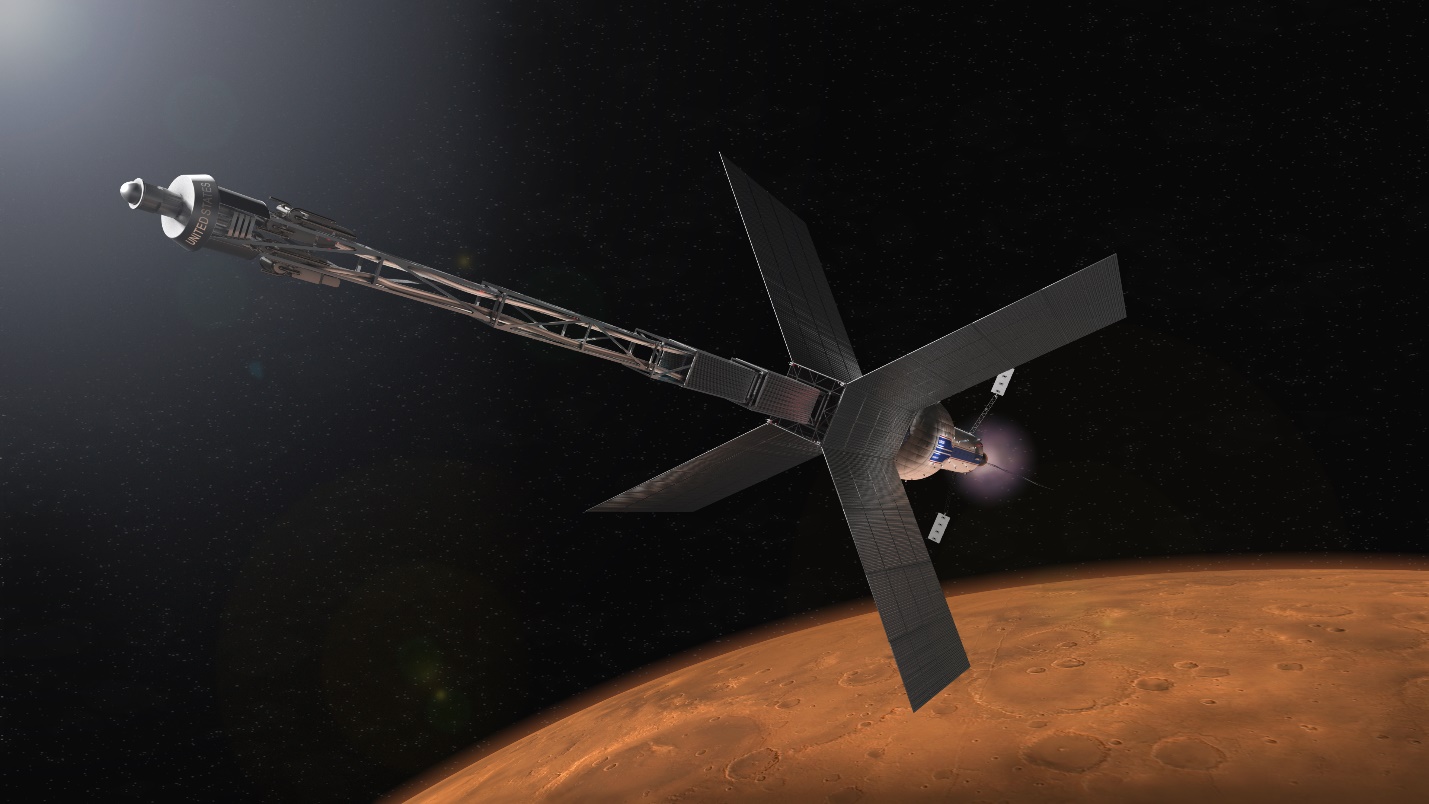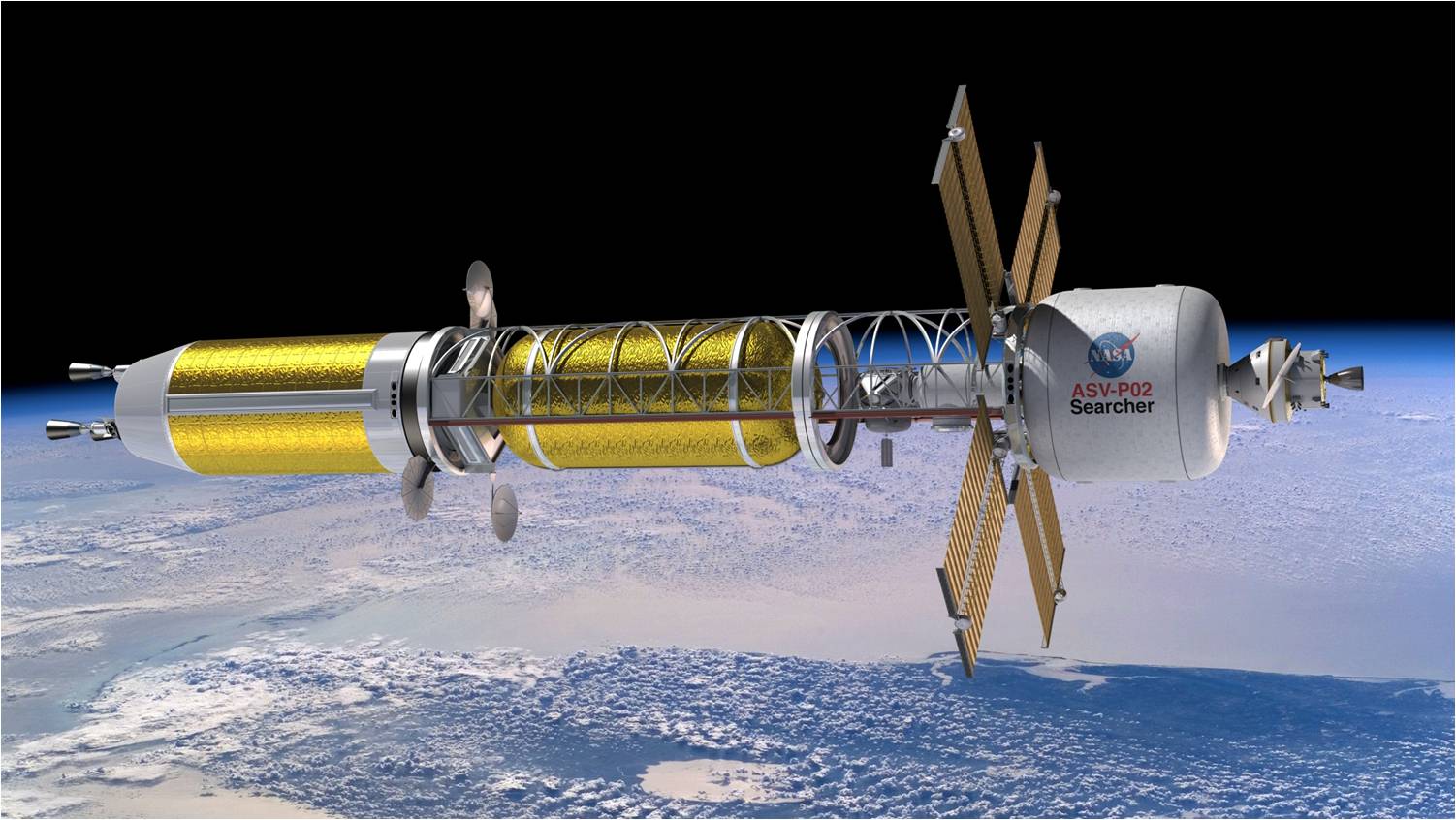Nuclear propulsion on the rise as private companies and NASA redefine space travel
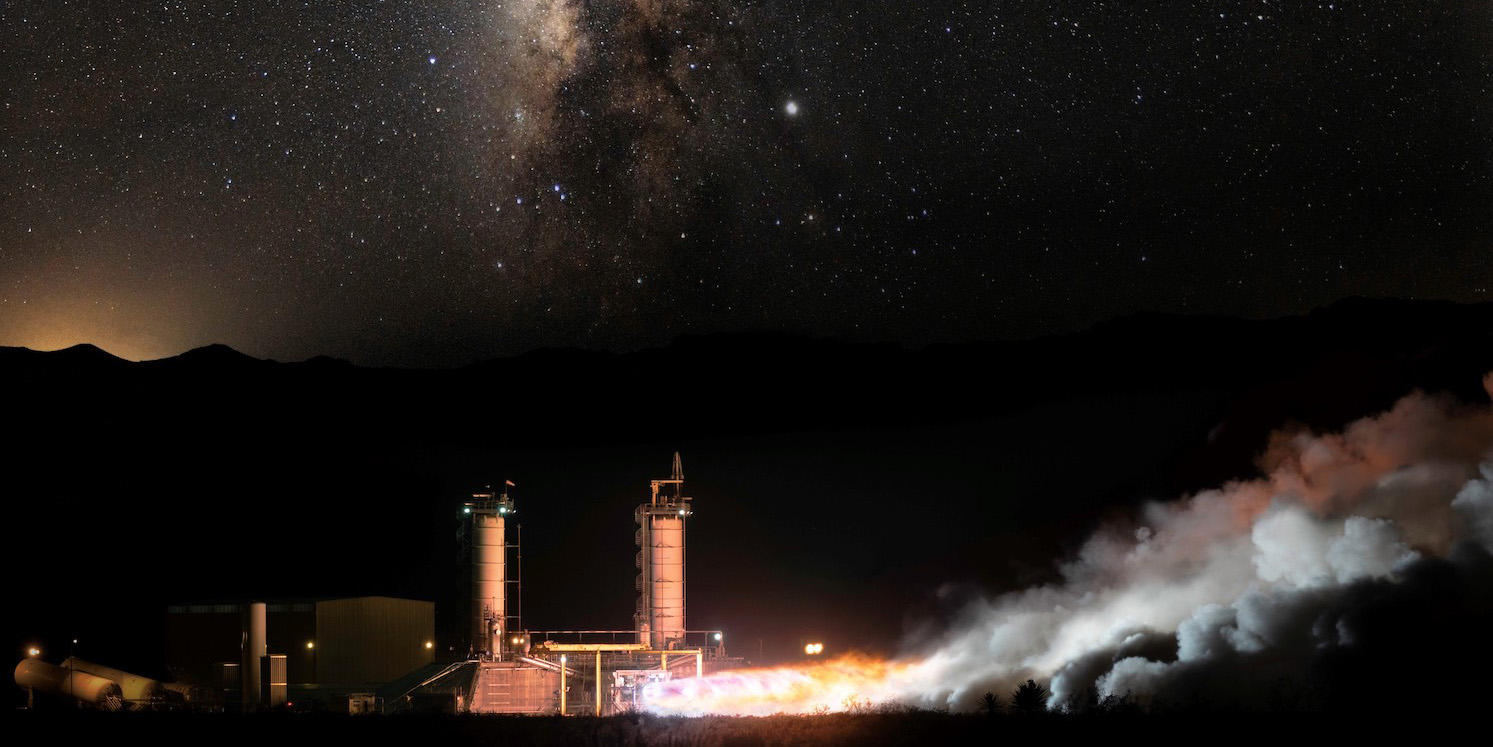
In July 1969, the public’s attention was fixated on NASA’s Apollo 11 mission—a “giant leap for mankind” that was memorably marked by Neil Armstrong as he stepped onto the surface of the moon. This July, the possibilities of spaceflight are once again capturing the public’s imagination and news headlines. While NASA invests in nuclear propulsion research and development to stretch the limits of U.S. space missions, private companies Virgin Galactic and Blue Origin are stretching the definition of “astronaut” and proving they can offer a high-altitude thrill to paying customers.




